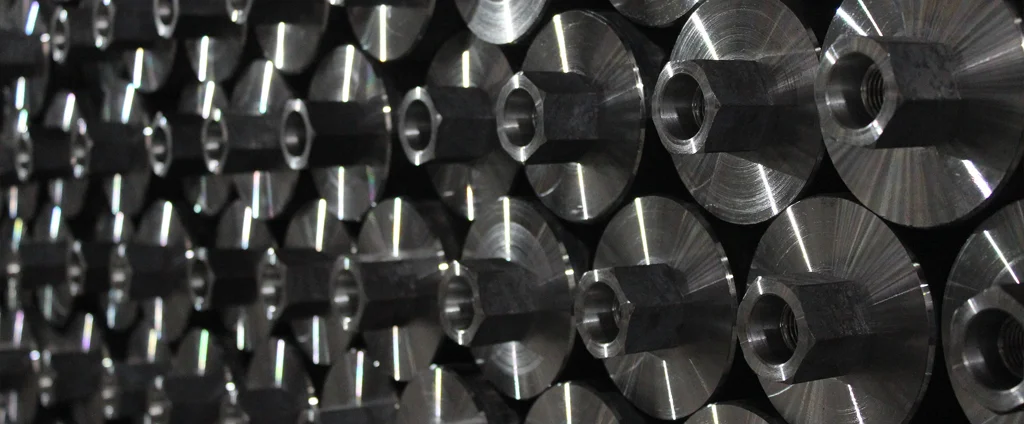SAE/AISI 1038 Carbon Steel (UNS G10380)

SAE/AISI 1038 steel has a relatively high carbon content compared to low-carbon steels, which imparts increased strength and hardness to the material. It falls within the medium-carbon range, making it suitable for applications where higher strength and wear resistance are required.
| Chemical Composition | ||
|---|---|---|
| Element | Min | Max |
| Iron | 98.59% | 99.09% |
| Carbon | 0.34% | 0.42% |
| Manganese | 0.60% | 0.90% |
| Phosphorous | —— | 0.04% |
| Sulfur | —— | 0.05% |
The following table provides a list of SAE/AISI 1038 properties in both SI and US customary/Imperial units.
Click on the button to switch between Metric and Imperial units.
| Physical Properties | Metric |
|---|---|
| Density | 7845 kg/m3 |
| Mechanical Properties | Metric |
| Tensile Strength (Ultimate) | 570 MPa |
| Tensile Strength (Yield) | 485 MPa |
| Young’s Modulus (E) | 190 - 210 GPa |
| Bulk Modulus (K) | 140 GPa |
| Shear Modulus (G) | 80 GPa |
| Elongation at Break | 12% |
| Poisson’s Ratio (ν) | 0.27 - 0.30 |
| Brinell Hardness | 163 |
| Thermal Properties | Metric |
| Thermal Conductivity | 52 W/m·K |
| Specific Heat Capacity (Cp) | 470 J/kg·K |
| Coefficient of Thermal Expansion (αL) | 1.2×10-5 1/°C |
| Electrical Properties | Metric |
| Electrical Conductivity | 4.1×106 S/m |
| Electrical Resistivity | 2.4×10-7 Ω·m |
The values in this table are approximate and can vary depending on various factors such as the specific manufacturing process and heat treatment applied to the alloy.
Advantages & Disadvantages of 1038 Carbon Steel
| Advantages | Disadvantages |
|---|---|
| Good strength | Limited hardenability |
| Good wear resistance | Corrosion susceptibility |
| Good machinability | Lower toughness |
| Cost-effective |
Applications of 1038 Carbon Steel
SAE/AISI 1038 carbon steel is commonly utilized in applications requiring moderate strength, durability, and machinability. These include:
- Shafts and Axles: Its strength and wear resistance make it ideal for use in shafts and axles in machinery and automotive applications, withstanding torque and bending forces in rotating components.
- Gears and Sprockets: Its wear resistance allows it to be used in gears and sprockets that endure moderate loads and sliding friction, ensuring dimensional stability and long-lasting performance.
- Bolts, Nuts, and Fasteners: The alloy is commonly used for fasteners due to its strength, machinability, and ease of threading, ensuring secure connections in construction, machinery, and various industries.
- Construction Equipment Components: Frequently found in bulldozer blades, bucket teeth, and excavator pins, it provides the strength and wear resistance required to withstand demanding conditions in construction.
- Agricultural Machinery Parts: Its durability and strength make it an excellent choice for parts in agricultural machinery, such as plow blades, tiller tines, and harrow teeth.
- Industrial Machinery Components: Used in shafts, couplings, and brackets, its machinability ensures precise manufacturing of intricate parts for industrial machinery.
